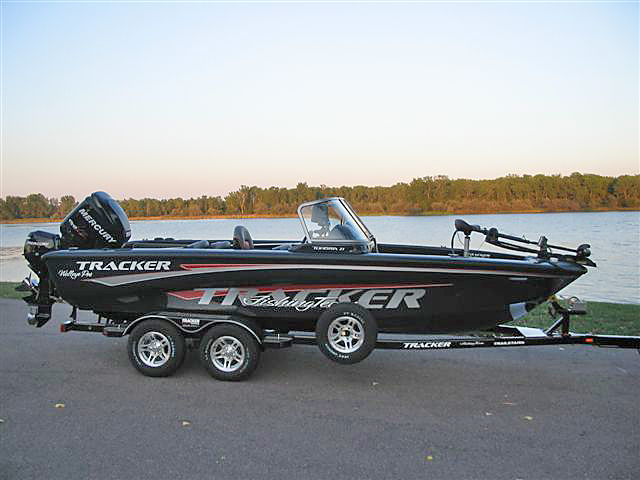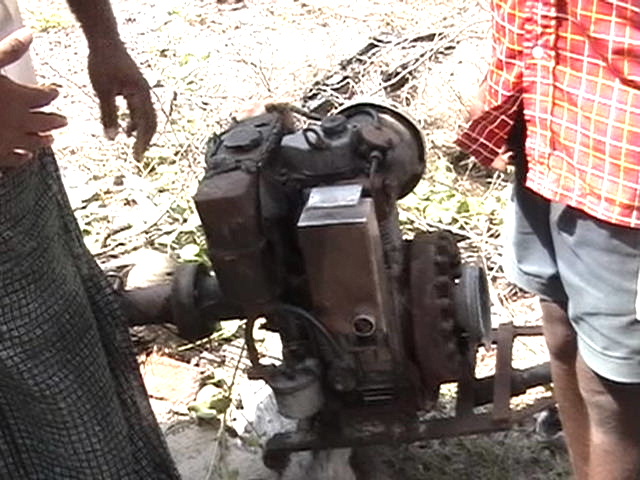Mercury Develops New Pro Kicker Engine

Mercury’s Pro Kicker series of outboard motors are some of the most in demand motors amongst fishermen. The Pro Kicker series offers a sleek and functional design accompanied with a clean and fuel efficient engine. Perhaps the most appealing feature of the Pro Kicker engine is its unique quiet motor. Having a motor that doesn’t make a lot of splashing or sound makes it ideal for fisherman. In addition, the Mercury Pro Kicker provides hundreds of different features that make it a diverse outboard motor suited for all kinds of different purposes in the water.
Mercury has been the manufacturer of choice amongst fishermen for decades, and even some of the most aged Mercury engines are still in service amongst fisherman all over the world. In order to get the most out of your Mercury engine, be sure to use Mercury oil, which is formulated to provide superior performance, cleaner emissions, and help the engine to last. Mercury oil is also the preferred outboard motor oil for the Pro Kicker series; the oil ensures fishermen get the most out of their Mercury engines.














